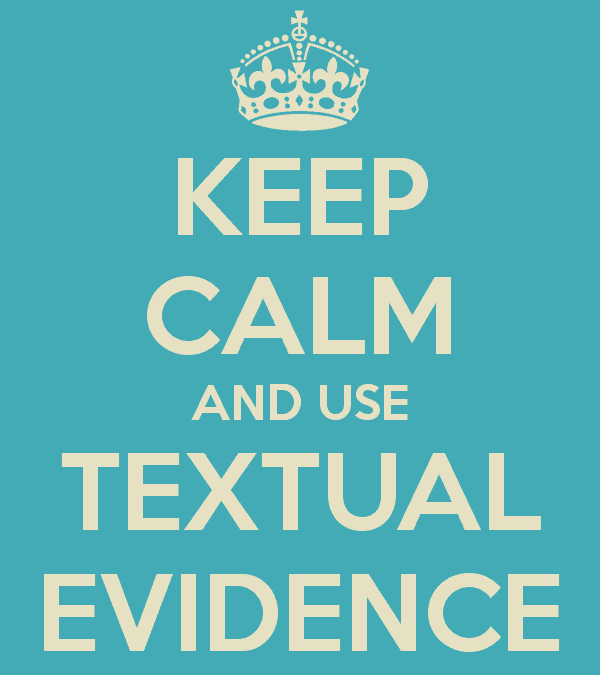3 Reasons to Love the New SAT Reading Section
Some will hate the new SAT Reading section when the 2016 test is administered—but others, like me, will rejoice. Here, I’ll go over what’s changed and why those changes me make me happy as a tutor.
1) It Teaches and Requires Pacing and Endurance
First, the Reading section is now one long test, rather than three shorter staggered sections. This is good, because it teaches students to develop endurance and practice good pacing—skills they’ll need when juggling the rigors of their future college courses.
2) It Tests Vocabulary in Context
Second, the new SAT tests vocabulary knowledge differently. Gone are the sentence completion questions that irked so many students, who wondered why they ought to memorize words like “tenable” and “supercilious.” Truthfully, I regret the absence of those questions, because I believe that it’s important for students to gain an appreciation of the vast possibilities of expression in the English language. Words like “happy” and “sad” don’t convey the same nuances of feeling, for example, that words like “exuberant” and “despondent” do. But the so-called “absence of vocabulary” on the new SAT isn’t as true as many might think: plenty of advanced vocabulary is to be found within the reading passages themselves, and many reading questions require students to consider the usage of vocabulary in context.
3) It Requires Text-Based Evidence
And finally (and this is what makes me the gladdest of all of the changes), there is a profound emphasis on the Reading test on evidentiary support. This is precisely what many students refuse to do when taking the test on their own and when working with tutors—and it’s exactly what they ought to do for each and every question. Thankfully, the Reading test now forces them to reckon with textual evidence. It asks questions such as “Which lines provide the best evidence for the answer to the previous question?” several times throughout.
These factors, combined with the Reading test’s more diverse selection of materials, make the 2016 SAT a challenging but necessary test for students. Anything that requires students to push themselves further as readers and thinkers is cause for celebration!
* * *
We designed our Conquer SAT Vocabulary video course to help you improve your scores and confidence on the reading, verbal, and vocabulary sections of standardized testing! Enroll today for more score-boosting tips for the new SAT Reading section.
For more SAT prep tips and news on the 2016 SAT, don’t forget to sign up for our mailing list! We’ve got all sorts of freebies and advice to share with you.
Questions about the SAT, ACT, or the college application process in general? Contact us today.
Additional Resources:
Conquer SAT Vocabulary Video Course
